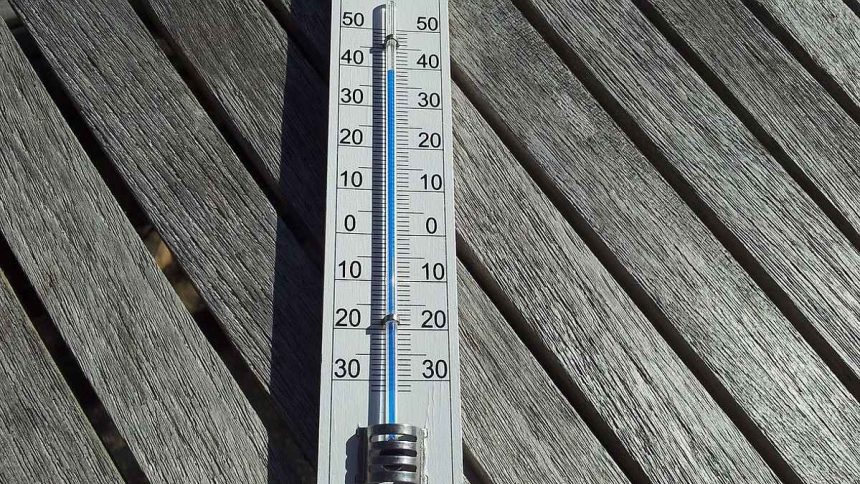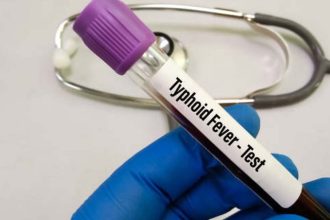Thermometers are essential tools used across various fields to measure temperature, whether it’s for medical purposes, scientific experiments, or even weather monitoring. They play a critical role in our daily lives, from helping doctors diagnose illness to aiding scientists in monitoring chemical reactions. In this article, we will explore the different types of thermometers, their specific uses, and the technology behind each one.
Types of Thermometers for Different Purposes
Did you know that there are several types of thermometers, each designed for a specific purpose? Thermometers can be broadly categorized into the following types:
- Liquid Glass Thermometer
- Bimetallic Strip Thermometer
- Electric Thermometer
- Gas Thermometer
Let’s explore each type in more detail.
1. Liquid Glass Thermometer
The liquid glass thermometer is one of the most commonly used thermometers. In these thermometers, mercury or alcohol is sealed inside a glass tube with a narrow passage. The liquid inside expands and contracts depending on the temperature, allowing for accurate measurement. Here’s how they work:
- A small bulb at one end of the glass tube contains the liquid (mercury or alcohol).
- When exposed to heat, the liquid expands, rising within the tube.
- When exposed to cold, the liquid contracts, lowering in the tube.
- Marks on the tube allow users to read the temperature accurately.
Why Mercury is Used:
Mercury is a preferred liquid in thermometers because it is a good conductor of heat. It reacts quickly to temperature changes, does not stick to the glass, and is easy to read due to its shiny appearance. Additionally, mercury has a high boiling point (357°C) and a low freezing point (-39°C), making it suitable for measuring a wide range of temperatures.
However, in some cases, alcohol is used instead of mercury. Although it has fewer advantages, alcohol expands more than mercury at the same temperature. To make alcohol visible inside the thermometer, it is colored red or blue.
Uses:
- Liquid glass thermometers are commonly used in laboratories and in clinical settings.
- Meteorological departments also use them to measure the maximum and minimum temperatures in a 24-hour period, often combining mercury and alcohol in different thermometers.
2. Bimetallic Strip Thermometer
Bimetallic strip thermometers are another common type, made from two different metal strips with varying expansion rates. These metals, usually brass and invar (an alloy of iron and nickel), expand differently when exposed to heat, causing the strip to bend. This bending is then translated into a temperature reading.
How They Work:
- Two metal strips are bonded together, one made of brass and the other made of invar.
- When exposed to temperature changes, the metals expand at different rates, causing the strip to curve.
- The temperature indicator moves along with the bending strip, giving an accurate temperature reading.
Uses:
Bimetallic thermometers are widely used in refrigerators and air conditioners for temperature control. They are also employed in thermographs, which record temperature over time using a pen attached to the bending metal strip.
3. Electric Thermometers
Electric thermometers operate on the principle of electrical resistance and the thermoelectric effect. These thermometers can be divided into two categories: resistance thermometers and thermocouple thermometers.
a) Resistance Thermometer
Resistance thermometers measure temperature based on the principle that the resistance of a metal increases with temperature. In this type:
- A platinum wire is sealed inside a glass tube.
- As the temperature of the object being measured increases, the resistance of the platinum wire rises.
- By measuring the resistance, the temperature of the object can be determined.
b) Thermocouple Thermometer
A thermocouple thermometer uses two different metal wires to create two junctions. One junction is placed in ice, while the other is in contact with the object whose temperature is being measured.
- A potential difference (thermo EMF) is generated due to the temperature difference between the two junctions.
- This potential difference is measured by a galvanometer, which provides an accurate temperature reading.
Uses:
Electric thermometers are widely used in industrial applications where precise temperature readings are critical, such as in factories and scientific research labs.
4. Gas Thermometer
Gas thermometers measure temperature using gases like air, nitrogen, or hydrogen. These thermometers work on the principle that gases expand when heated and contract when cooled. There are two types of gas thermometers:
a) Constant Volume Thermometer
In this type, the gas is kept at a constant volume, and the pressure changes are measured as the temperature increases or decreases.
b) Constant Pressure Thermometer
Here, the pressure is kept constant while the volume of the gas changes with temperature. The temperature is then determined by measuring the change in volume.
Uses:
Gas thermometers are used in specialized scientific applications, where extreme precision is required.
Temperature Scales: Understanding the Measurements
Temperature is commonly measured in four different units: Celsius, Fahrenheit, Rømer, and Kelvin. Here’s a quick overview of these temperature scales:
- Celsius (°C): Water freezes at 0°C and boils at 100°C.
- Fahrenheit (°F): Water freezes at 32°F and boils at 212°F.
- Rømer (°R): Water freezes at 0°R and boils at 80°R.
- Kelvin (K): Water freezes at 273K and boils at 373K. The Kelvin scale starts from absolute zero (-273°C), the lowest theoretical temperature.
The Importance of Thermometers
Thermometers are incredibly useful tools that impact many aspects of life. From helping doctors diagnose fevers to assisting scientists in conducting experiments, thermometers are essential in both everyday and scientific settings. Whether using liquid glass, bimetallic strips, electric, or gas thermometers, each type serves a unique purpose and helps us understand and control temperature in various environments.




